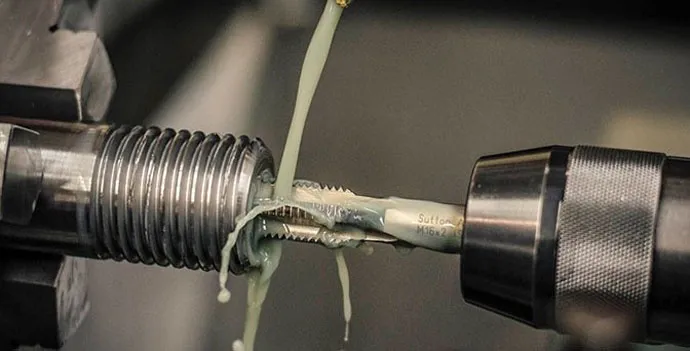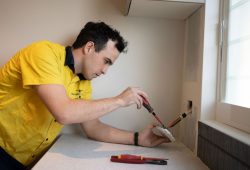Cost Cutting Measures in Sourcing and Using Thread Taps
 Posted On
Posted On
Implementing cost-cutting measures in the sourcing and utilization of thread taps is highly crucial in the component manufacturing industry. Manufacturers keen on optimizing their bottom line often find themselves at the crossroads of balancing quality and affordability in the acquisition and deployment of these indispensable tools. One significant avenue for cost reduction lies in the sourcing phase, where prudent decisions regarding suppliers and materials can have far-reaching effects on the overall expenses associated with ACME thread taps.
When considering cost-cutting measures in sourcing thread taps, one fundamental aspect to scrutinize is the choice of materials. Opting for high-quality materials might seem like a splurge at first, but the longevity and performance benefits can translate into substantial savings over time. Conversely, choosing lower-quality materials might offer a temporary reduction in costs, but the increased frequency of replacements and potential disruptions to production processes can lead to hidden expenses that outweigh the initial savings.
Another strategic move in the cost-cutting process involves exploring alternative suppliers. While established suppliers often bring reliability and quality assurance, new entrants or lesser-known suppliers might offer competitive pricing without compromising on the essential attributes of thread taps. However, this strategy necessitates a careful balancing act, as evaluating the credibility and track record of these alternative suppliers becomes crucial to avoid potential pitfalls.
In the manufacturing realm, bulk purchasing emerges as a tried-and-true tactic for cost reduction. Suppliers frequently extend discounts or special pricing arrangements for larger orders, providing manufacturers with an opportunity to save on the unit cost of each thread tap. Nevertheless, the decision to bulk purchase should align closely with the actual production needs to prevent unnecessary expenses associated with storage, maintenance, and the risk of tools becoming obsolete before utilization.
During the utilization stage of Metric thread taps, opportunities arise for implementing cost cutting measures. One noteworthy strategy revolves around the optimization of maintenance and calibration schedules. While routine maintenance is crucial for prolonging the lifespan of thread taps, excessively frequent or unnecessary calibration procedures can lead to inflated operational expenses. Achieving the right balance, tailored to the specific requirements of manufacturing processes, is essential to ensure cost-effectiveness without compromising the precision of the tools.
Investing in the training and skill development of the workforce responsible for handling thread taps represents another dimension of cost-cutting measures. A team that is well-trained and knowledgeable has the potential to improve the efficiency of the tapping process, decreasing the chances of errors and minimizing tool wear. While upfront costs may be associated with implementing training programs and skill development initiatives, the long-term benefits, including heightened productivity and reduced operational expenses, position it as a wise and strategic choice.
Moreover, considering alternative threading methods can contribute to cost savings. Exploring newer technologies or methodologies that align with specific manufacturing needs can potentially streamline processes and decrease reliance on expensive tooling. Embracing innovation in threading techniques requires an initial investment in research and implementation but can yield substantial dividends in terms of cost efficiency and improved overall manufacturing performance.


